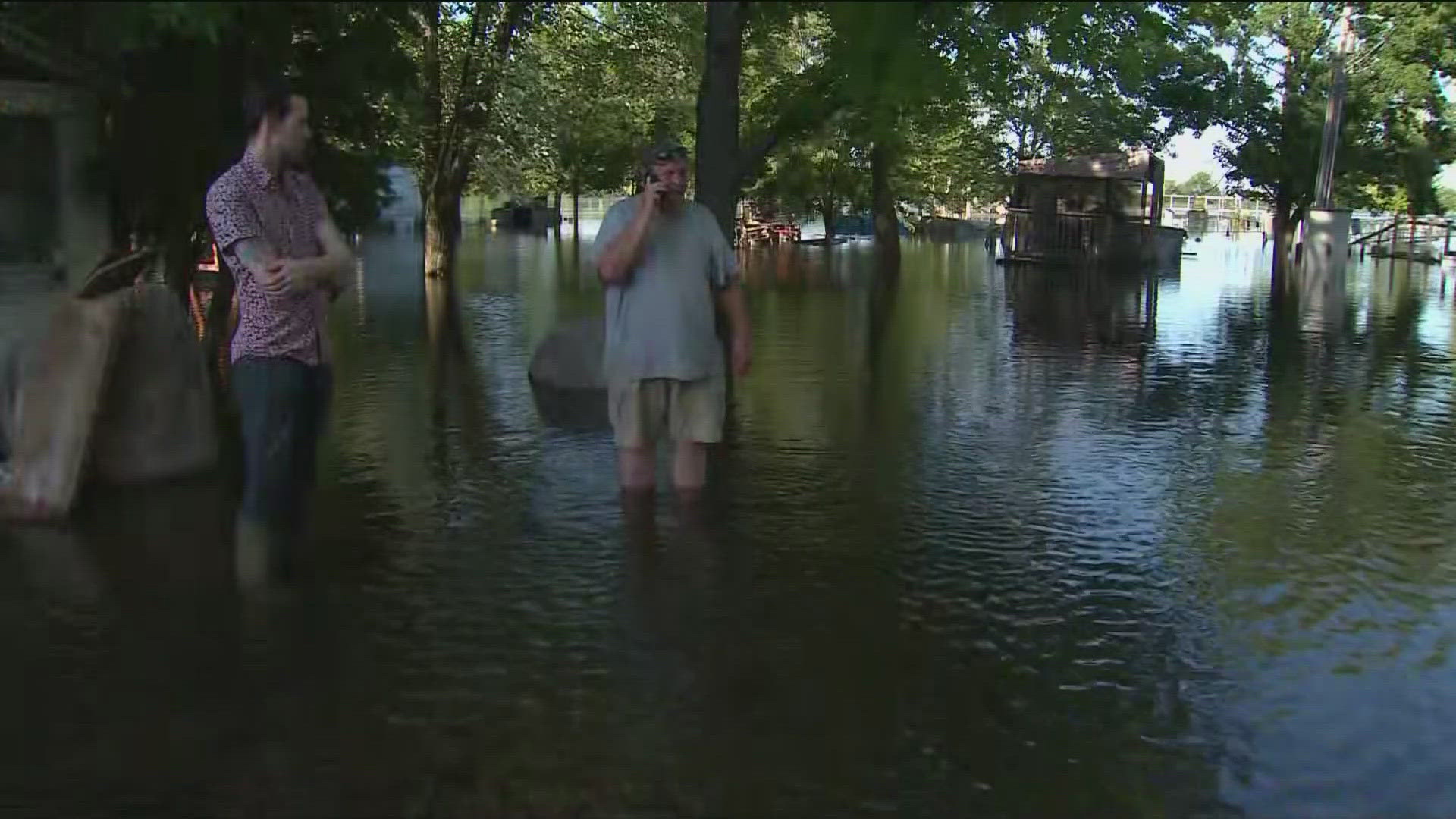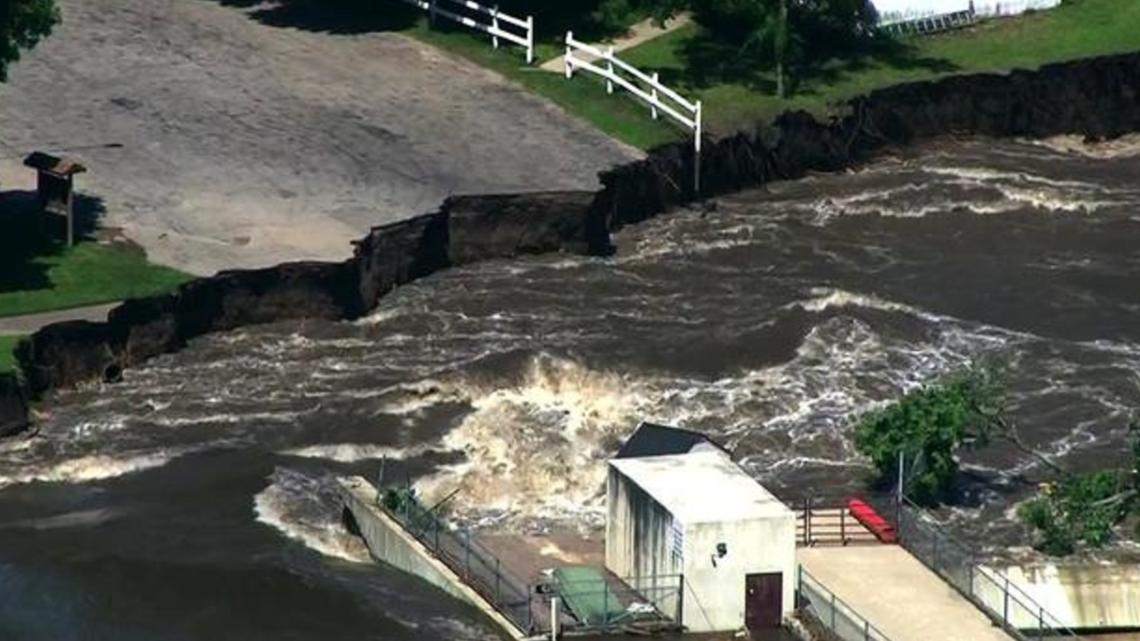Flooding described as “catastrophic” by Minnesota Governor Tim Walz has inundated much of the state, leaving entire communities submerged under feet of water. The unprecedented deluge has prompted a state of emergency and mobilization of the Minnesota National Guard to assist with the crisis.
Historic Flooding and Community Impact
Waterville, a town situated between Tetonka Lake and Sakatah Lake in Le Sueur County, is experiencing its worst flooding in history. Over the weekend, the town received between 14 and 18 inches of rainfall, causing the lakes and the Cannon River to overflow uncontrollably. Governor Walz declared a peacetime emergency, which allowed the deployment of the National Guard to aid in flood response efforts.

“Across the state, intense rain has had catastrophic effects. Flooding has left entire communities under feet of water, causing severe damage to property and numerous road closures,” Walz stated. Residents have been evacuated, and significant damage has already been reported.
Local officials and residents are grappling with the aftermath. Le Sueur County Commissioner David Preisler lamented, “We just have too much water.” Social media is flooded with images and videos of the devastation. One resident noted that “hundreds of cabins and homes” have been affected, with water levels reaching 18 inches in sheds and around cabins, and over three feet deep in some areas. Many roads in town are impassable, and the fire department is limiting access to several locations to ensure safety.
State Response and Emergency Measures
In response to the disaster, 1,000 volunteers in Waterville filled sandbags over the weekend in a desperate attempt to mitigate further damage. The National Guard’s activation has provided much-needed support to the overwhelmed communities. The unprecedented scale of the flooding has left local authorities scrambling to contain the situation and protect residents.
Governor Walz’s emergency proclamation highlights the severity of the flooding and the immediate need for federal and state resources to manage the crisis. The governor’s declaration has expedited the mobilization of emergency services and resources, demonstrating the state’s commitment to supporting affected communities during this challenging time.
Continuing Weather Threats and Future Concerns
The National Weather Service warns that the weather conditions contributing to the flooding may persist. The forecast for Monday indicated a slight risk of severe thunderstorms in the evening, with the potential for “significant severe weather” if storms develop. Local river levels continue to rise, exacerbating flooding concerns and creating uncertainty about when the situation will stabilize.
The ongoing threat of severe weather underscores the need for continued vigilance and preparedness. Residents are urged to stay informed about weather updates and follow safety guidelines issued by local authorities.

As Minnesota grapples with the catastrophic flooding, the resilience and solidarity of its communities are on full display. The efforts of volunteers, emergency responders, and state officials are crucial in navigating this crisis and working toward recovery. The establishment of emergency measures and the deployment of the National Guard reflect the state’s proactive approach to managing this unprecedented disaster. However, the path to recovery will require sustained effort and cooperation as the state faces the continuing threat of severe weather and rising water levels.
